
Amazon Web Services (AWS) – Beginners’ Guide
Mar 12, 2025 3 Min Read 8659 Views
(Last Updated)
According to a report by Statista, AWS is the leading cloud infrastructure service provider with a 34% market share which is the combined market share of all its competitors, Microsoft Azure, Google Cloud, and IBM. With this, you must have understood how popular AWS is.
Let’s learn about Amazon Web Services (AWS), a top contender in the cloud computing market, providing millions of organizations with sophisticated solutions for their computing needs. It includes computing, storage, databases, analytics, and more, making it a one-stop shop for businesses of all sizes.
If you’re someone new to AWS, this article has got everything covered. It’s purpose, benefits, how to get started with AWS, and a few basic tips for beginners.
Table of contents
- What is Amazon Web Services?
- Why Choose AWS?
- Getting Started with AWS
- Create an AWS Account
- Understand the AWS Management Console
- Explore Key AWS Services
- Tips for AWS Beginners
- Wrap Up
- FAQs
- How to learn AWS step by step?
- Which AWS course is best for beginners?
- What is the AWS salary in India?
What is Amazon Web Services?
Amazon Web Services (AWS) is a comprehensive and widely adopted cloud platform offering over 200 fully featured services from data centers globally. Whether you’re looking to host a website, store large amounts of data, or run complex machine learning models, AWS provides the tools and infrastructure to support your needs.
Amazon Web Services is a comprehensive suite of cloud computing services that lets you create, operate, and manage a variety of applications. AWS offers a broad range of services that can be used to power your business and help you increase efficiency and improve your scalability.

If you have this question of whether AWS requires coding or not, you must read Does AWS Require Coding?
Before we move to the next part, you should have a deeper knowledge of DevOps concepts. You can consider enrolling yourself in GUVI’s DevOps Course, which lets you gain practical experience by developing real-world projects and covers technologies including Agile, Scrum, Linux, Git, Bash Scripting, Dockers, Containers, AWS infrastructure, etc.
Why Choose AWS?
- Scalability: AWS can easily scale your application up or down based on demand.
- Cost Efficiency: Pay-as-you-go pricing ensures you only pay for what you use.
- Global Reach: AWS has a vast network of data centers worldwide, allowing you to deploy applications closer to your users.
- Security: AWS offers robust security measures to protect your data and applications.
Getting Started with AWS
Let’s learn about the steps required to help you get started with AWS. Also, you must know Is AWS Certification Worth It?

1. Create an AWS Account
To begin using AWS, you need to create an account. Visit the AWS website and sign up. You’ll need a credit card, but AWS offers a free tier for new users to explore many of its services at no cost for the first 12 months.
2. Understand the AWS Management Console
The AWS Management Console is a web application that allows you to manage AWS services. It’s your main interface for navigating through different services and managing your resources.
3. Explore Key AWS Services
- Amazon EC2 (Elastic Compute Cloud): Provides resizable compute capacity in the cloud. It’s like renting a virtual server.
- Amazon S3 (Simple Storage Service): Scalable object storage for data backup, archival, and analytics.
- Amazon RDS (Relational Database Service): This makes it easy to set up, operate, and scale a relational database in the cloud.
- AWS Lambda: This lets you run code without provisioning or managing servers. You pay only for the compute time you consume.
Also Read: Code to Cloud Using Terraform and AWS: The Epic Guide to Automated Deployment
Tips for AWS Beginners

- Leverage AWS Free Tier: Many services offer free usage limits, allowing you to experiment without incurring costs.
- Use Documentation: AWS’s extensive documentation and tutorials are invaluable resources for learning.
- Start Small: Begin with simple projects and gradually explore more advanced services.
- Monitor Costs: Use AWS Cost Management tools to keep track of your spending.
- Network and Community: Participate in AWS forums to ask questions and share knowledge.
- Stay Updated: Regularly check AWS news and updates for new features and best practices.
You can also look for a comparison among AWS, Azure, or Google Cloud – AWS vs Azure vs Google Cloud: Comparing the Top Cloud Service Providers.
Kickstart your career by enrolling in GUVI’s DevOps Course where you will master technologies including Linux, Git, AWS, etc, and build interesting real-life DevOps projects.
Alternatively, if you want to explore AWS infrastructure through a Self-paced course, try GUVI’s AWS Infrastructure certification course.
Wrap Up
With this guide, you get an understanding of starting your AWS journey. Amazon Web Services offers a vast array of services that can seem overwhelming at first, but starting with the basics like EC2, S3, RDS, and Lambda can give you a solid foundation.
By leveraging the AWS free tier and taking advantage of AWS’s extensive resources and community support, you’ll be well on your way to mastering cloud computing.
FAQs
To learn AWS, you can follow below given steps:
Learn the AWS basic concepts
Have the skills required
Work on projects
Look for job opportunities
One of the best AWS courses for beginners is the AWS Certified Cloud Practitioner, serving excellent and foundational AWS concepts, including services, architectures, security, pricing models, and basic cloud concepts.
The average salary for AWS developers in India is INR 6.67 LPA, which varies on factors like skills, experience, location, etc.

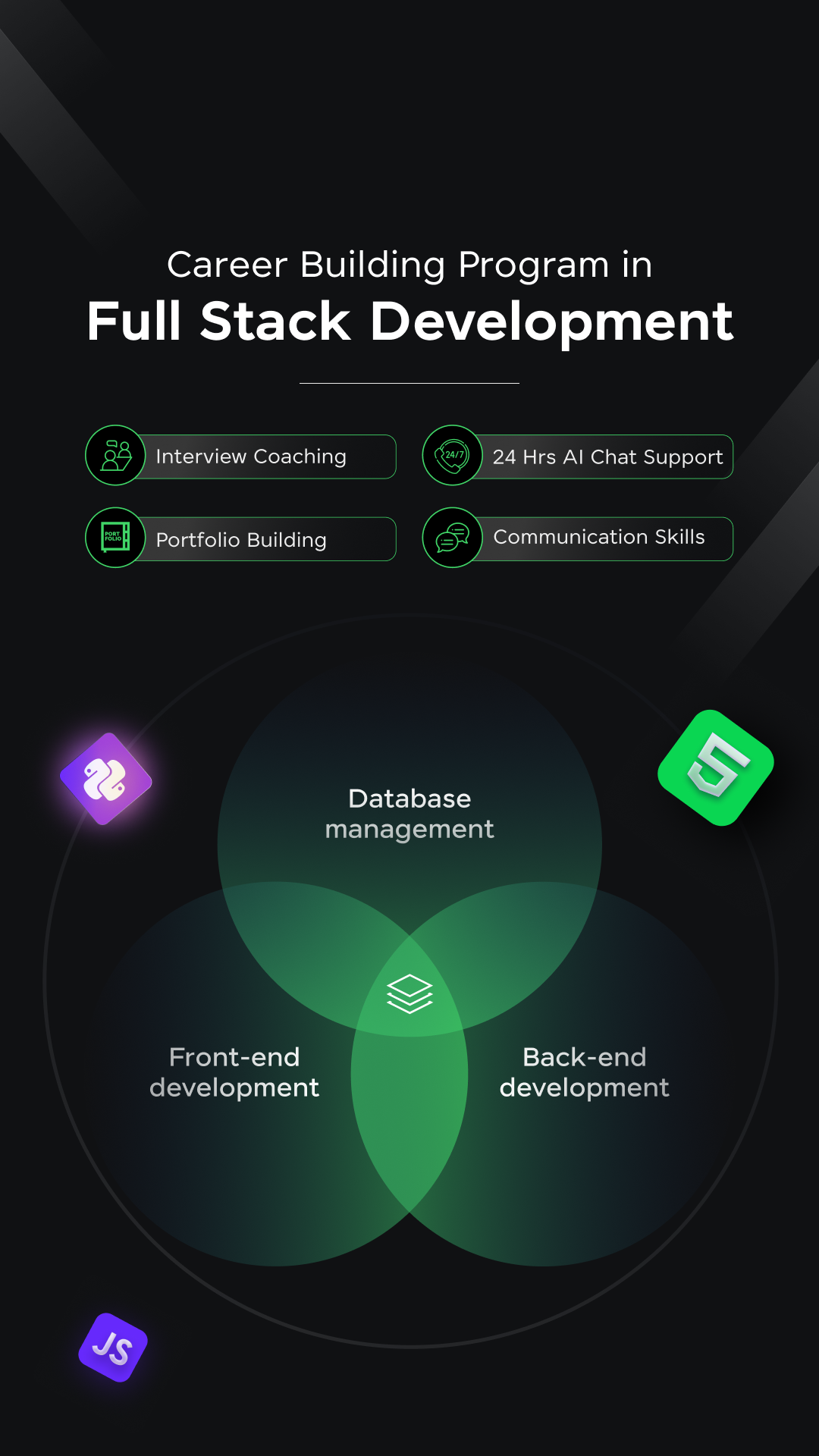

















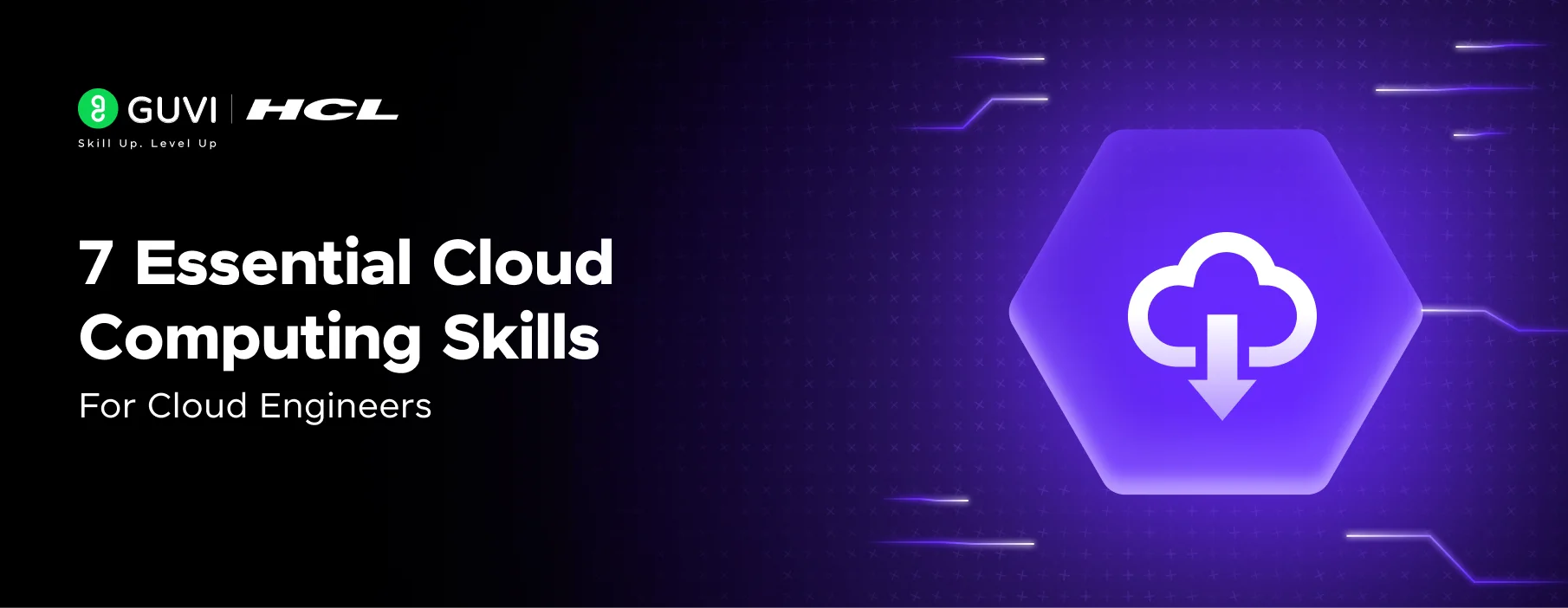
![Top 30 Networking Interview Questions and Answers [Includes All 3 Levels] 7 Networking Interview Questions and Answers](https://www.guvi.in/blog/wp-content/uploads/2025/05/30-Crucial-Networking.webp)
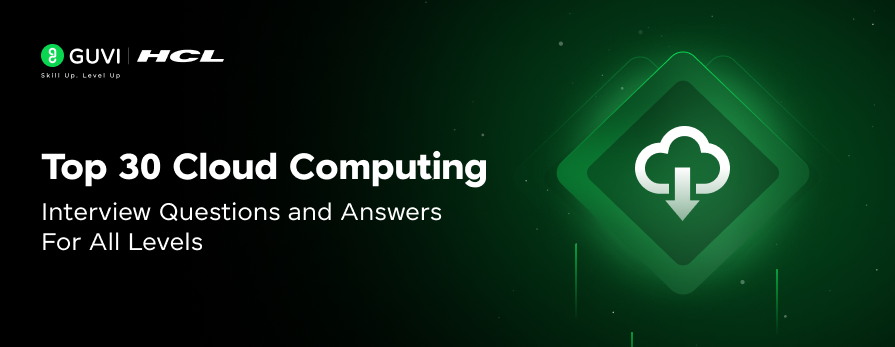


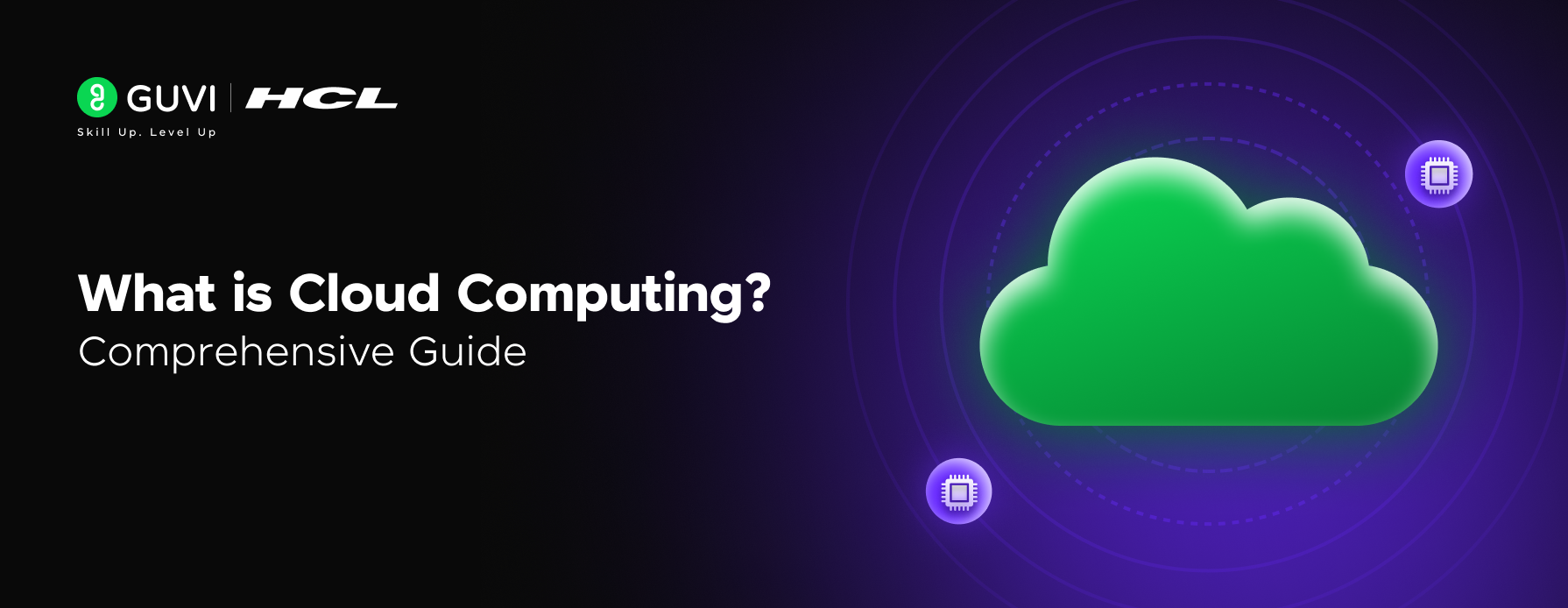
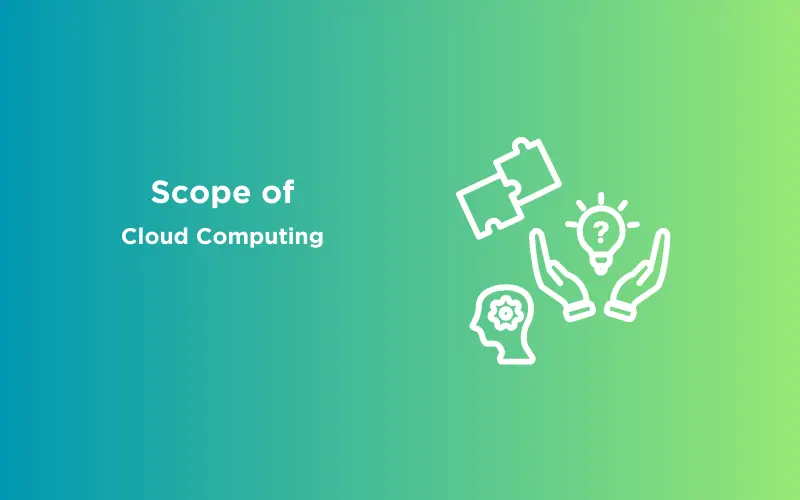
![10 Best AWS Cloud Computing Courses [Free+Paid] 13 AWS Cloud Computing Courses](https://www.guvi.in/blog/wp-content/uploads/2025/07/AWS-Cloud-Computing-Courses.webp)

Your company is very good